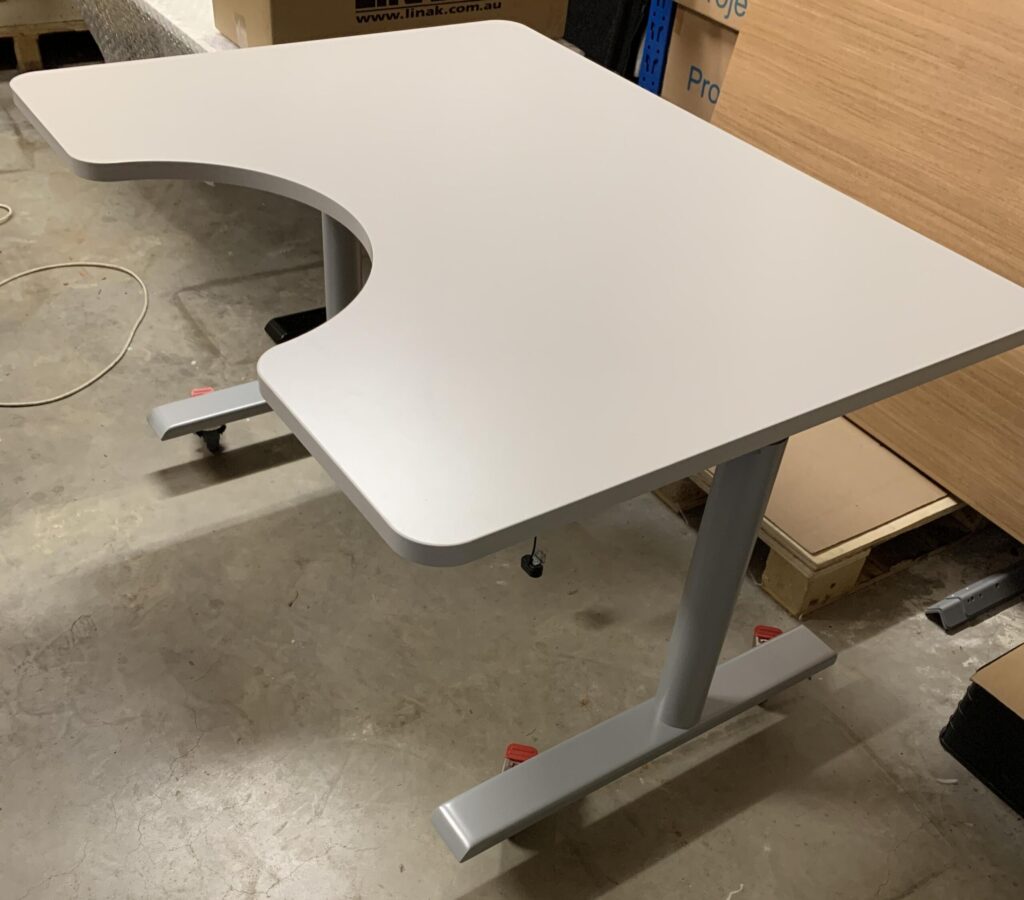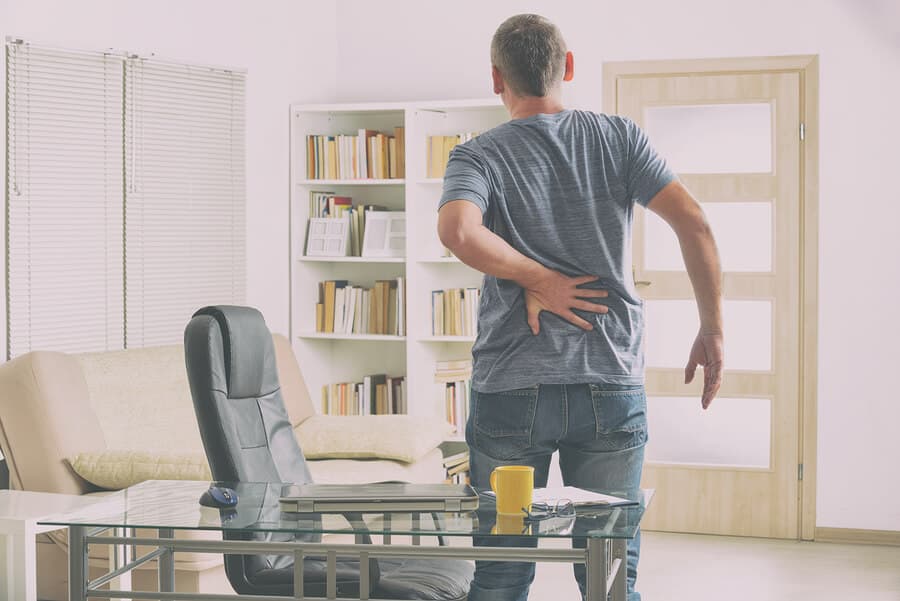
How is a Sedentary Lifestyle Affecting Our Health?
Doctors and other medical professionals often use the term ‘sedentary lifestyle’ to describe someone who engages in no or little regular physical activity or movement. It describes a person – regardless of whether they are a child or an adult – who does not do sufficient physical exercise (or even enough day-to-day movement) to be healthy and fit.
A colloquial term for those who are spending their days sedentary is a ‘couch potato’!
What’s contributing to our sedentary lifestyle?
A sedentary lifestyle has (unfortunately) become more apparent in many Australians, and there are a few reasons why.

Back in the day, to create entertainment, we’d play board games, or ride our bikes around the street. We didn’t have tablets to play Candy Crush – instead we walked to the shops and bought ourselves candy treats.
We’ve become accustomed to this sort of behaviour, and for those Gen Y-ers who have grown up using an iPad and can navigate their way around an iPhone better than Baby Boomers, they’re getting used to a dangerous practice that can have adverse health effects in the future.
Manual labour has also found itself competing with machines and computers. Many physically based jobs have, over the past several decades – as technology improved – been replaced with automatic machinery. This shift from physical labour to office jobs is a key contributor.
Physical activity vs. exercise:
These are two terms that are often interchanged, but they’re not entirely the same.
You see, all exercise is physical activity, but not all physical activity is exercise.
Physical activating refers to any body movement, for any purpose, such as:
- Standing on the train
- Climbing up and down stairs
- Carrying in the supermarket bags from the car
- Vacuuming the house
- Playing with children
- Washing a car
Basically, it is any bodily movement that requires energy.
Exercise is a sublet of physical activity, and is defined as movement that is “planned, structured, and repetitive”, with the aim of improving and maintaining overall physical fitness and wellness.
Both physical activity and exercise are beneficial to your health, and can improve your heart health.
What can you do to combat a sedentary lifestyle (outside of the office)?
In the office, we, of course, recommend height adjustable desks. You can switch between sitting and standing with one of our electric desks as often as needed, throughout your entire workday. Memory settings remember your favourite positions, so you can enjoy precise and appropriate height settings when you’re sitting and standing.
For more information on standing desks, the workplace, and the dangers of prolonged sitting, you can check out the following blog posts:
☞ 5 features you should look for in a standing desk
☞ ’60 minutes’ investigates: is sitting down killing us? Sitting is the new smoking
☞ Making the switch to a standing desk
We’re also passionate about conveying the fact that it doesn’t take a gym session during your workday to inject some movement:
– Get up and out of the office for a brisk ten-minute walk before lunch
– Get up more often to talk to people (instead of sending an email!)
– Aim to drink more water so you get up to refill and use the bathroom more often
– Choose the stairs over the lift
– Get to work ten minutes early for a brisk walk to start your morning on an energised foot!
Outside of the office, it’s really a matter of being conscious and open to improvement. You could:
– Suggest a walk at the local park before or after a coffee catch up (rather than just a coffee catch up!)
– Get into the habit of adding a brisk 10-minute walk on a Saturday morning to kick-start your day
– Spread out general chores: instead of waiting for a mess to build up and spending your whole Sunday cleaning the house, spend a shorter amount of time most days of the week cleaning up (even five minutes of tidying messy clothes will help!)
– Spend more time outside (whether it’s gardening or playing with the dog for 15 minutes, every little bit of movement helps. And you’ll get your daily vitamin D dosage!)
School holidays
School holidays are two words that illicit shrieks of excitement from children (freedom – finally!) but cause parents to groan in despair. How are you going to keep them entertained for two whole weeks?

If you can, take a few days off, even if it’s three or four days of their total two-week break. Plan activities for these days, even simple ones like going shopping, visiting a family member, or spending an hour or two at a playground.
If you’re more into structured plans, you could:
- Enrol children in sports days
- Sign them up for cooking classes
- Lead an exploration of your capital city
- Take them bowling
- Plan a picnic in public gardens like Melbourne’s Botanical Gardens
- Have a day out at the zoo
- Visit a market (like food or arts and crafts, and a day or night market)
- Visit a museum
Spend some time planning out school holidays to ensure bored kids don’t end up sitting at home on their laptops for the whole two weeks. If you can’t take more than a few days off, consult with other parents to see if you can spread holiday duties with them.
Of course, ask kids what they would like to do. Maybe it’s just as simple as taking the dog to the park or spending a day at the shopping centre.
Above all, don’t forget that you don’t need to exhaust your children. It’s OK to have a few quiet days at home. Young ones might like to colour while watching their favourite TV show, or snuggle under the doona and enjoy a movie night – and that’s no problem. Just make sure they’re not sitting like zombies for the entire day.
We don’t have room for a sedentary lifestyle! Set the right example for your children and keep their minds and bodies active and energised!
If you liked this article, why not share it? Use one of the buttons below!





